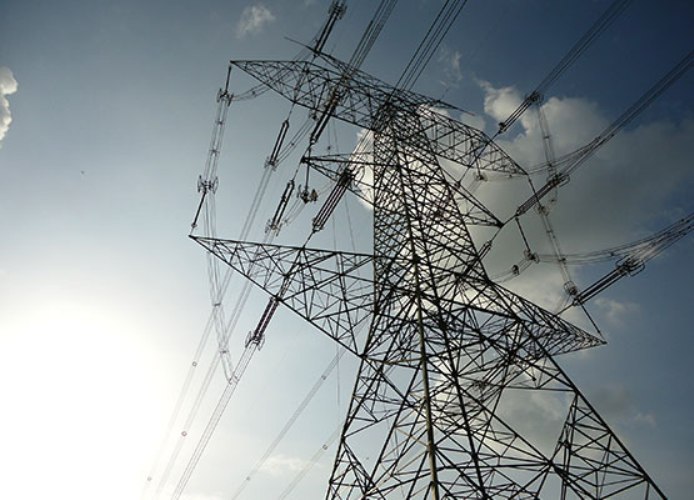Central Electricity Regulatory Commission (CERC), through separate orders issued over the past one week, has adopted the tariff with respect to five interstate transmission system (ISTS) schemes that were recently awarded under the tariff-based competitive bidding (TBCB) mechanism.
The broad details of the five ISTS-TBCB schemes are:
Project SPV: Bikaner III Neemrana II Transmission Ltd
Selected bidder: Tata Power
Project: Transmission system for evacuation of power from Rajasthan REZ Ph-IV (Part-1) (Bikaner Complex): Part-C
Project SPV: Neemrana II Kotputli Transmission Ltd
Selected bidder: Sterlite Power
Project: Transmission system for evacuation of power from Rajasthan REZ Ph-IV (Part 1) (Bikaner Complex): Part-B
Project SPV: Bikaner III Neemrana Transmission Ltd
Selected bidder: Power Grid Corporation of India
Project: Transmission system for evacuation of power from Rajasthan REZ Ph-IV (Part 1) (Bikaner Complex): Part-A
Project SPV: Vataman Transmission Ltd
Selected bidder: Power Grid Corporation of India
Project: “Transmission system for evacuation of additional 7GW RE power from Khavda RE Park under Phase-III Part B”
Project SPV: Neemrana II Bareilly Transmission Ltd
Selected bidder: Power Grid Corporation of India
Project: Transmission system for evacuation of power from Rajasthan REZ Ph-IV (Part-1) (Bikaner Complex): Part-D
Adoption of transmission charges is an important milestone in a TBCB project and signifies that CERC has approved the transmission tariff quoted by the selected bidder. Adoption of tariff is however subject to grant of transmission licence by CERC. The tariff approved by CERC is a “single” tariff expected to remain unchanged during the validity period of the transmission service agreement (TSA), which is typically 25 years.
Trends in bidding
In the case of “Bikaner III Neemrana II Transmission Ltd,” Tata Power, the final selected bidder was L2 before the e-reverse auction (e-RA). As can be seen from the table, Tata Power, during the several rounds under the e-RA, revised its initial bid from Rs.2,150.00 million to the final winning bid of Rs.1626.59 million – a downward revision of 24.3 per cent. Similar was the case with Sterlite Power that revised its bid by 19.3 per cent to clinch “Neemrana II Kotputli Transmission Ltd.” (See table).
In three cases, the winning bidder Power Grid Corporation of India Ltd (PGCIL) was L1 even before the e-RA. Yet, during the e-RA stage, PGCIL lowered its bid by around 13 per cent, on average.
Skipping the e-RA
It is interesting to note that in each of the five cases, at least one bidder that was qualified (on the basis of the initial bid) to participate in the e-RA stage, did not do so. In fact, in the case of Bikaner III Neemrana Transmission Ltd, two bidders remained out of the e-RA, leaving the competition with only two contenders.
As per the standard bidding procedure, bidders are shortlisted on the basis of their initial bids and only those that met the prescribed minimum criteria – and subject to a maximum of four bidders – are eligible to participate in the e-reverse auction process.
Also read: CERC Adopts Tariff For Four ISTS-TBCB Schemes
Featured photograph (source: Sterlite Power) is for representation only.

